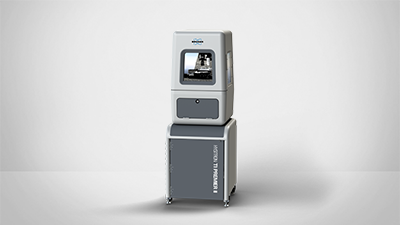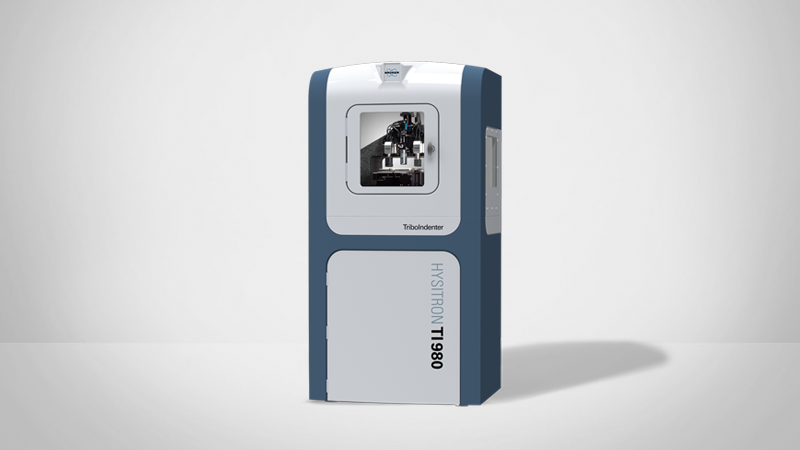Electrochemical Nanoindentation Cell
Investigate nanomechanical and nanotribological properties under oxidizing or reducing conditions
Bruker’s Electrochemical Nanoindentation Cell (ECNI Cell) is designed to expand the range of environmental conditions that can be controlled during nanoindentation and tribology experiments. The sample’s surface potential is accurately controlled through a bias voltage applied to a mechanically rigid bottom electrode. Dual ports constantly exchange fluid during the measurement to maintain a constant solution concentration. The ECNI Cell enables quantitative measurement of nanoscale mechanical and tribological behavior to be studied under oxidizing and reducing conditions. Corrosion effects and the formation of oxide under different surface potentials can be studied, as well as the effect/properties of the monolayers of material that form.
Simplified testing in fluids and corrosive environments
The ECNI Cell enables any application where nanoindentation testing, scratch testing, or SPM imaging must be performed on a sample in a hydrated condition. It simplifies the test setup for experiments ranging from simple testing of samples in water to studying the mechanical effects of complex electrochemical interactions. Since chemical reactions between the sample and the solution occur at the surface, nanomechanical techniques are particularly well-suited to studying these phenomena. The ECNI Cell is manufactured out of chemically inert materials, allowing testing under the widest range of environmental conditions within fluids.

